A powerful expression emerges from this composition. Playing with the background of the sheet, without taking into account of the subject's lines, the painter “wipes” and overlaps muted watercolors.
Kickert Conrad Jean Théodore known as Conrad-Kickert born November 23, 1882 in The Hague, Holland, and died June 26, 1965 in Paris.
He was a self-taught painter.
Between 1903 and 1910, he worked in Dombourg and Bergen with Jan Toorop.
He was one of the first cubists in the Netherlands.
In 1910 he founded the Modern Art Circle, in Amsterdam, with Piet Mondrian, Jan Sluyters and Jan Toorop, which organized several exhibitions at the Stedelijk Muséum in 1911, 1912, and 1913.
From 1912 Conrad-Kickert moved to Paris, where he moved into a workshop with Schelfhout and Mondrian.
He then exhibited alongside painters such as Georges Braque, Raoul Dufy, Henri Matisse, Maurice Utrillo, Kees van Dongen and Maurice de Vlaminck.
He participated three times in the exhibitions of the Russian avant-garde company “The Knave of Diamonds”. In 1913 during successive exhibitions in Moscow and Saint Petersburg.
He exhibited in Paris at the Salons d'Automne of which he was a member, at the Salons des Indépendants and at the Salons des Tuileries.
He was a professor at a free academy in Montparnasse.
He presented his work in Amsterdam in 1931.
He received the gold medal at the Universal Exhibition of 1937.
His works are present in numerous museums: Algiers - Aurillac - Belfort - Collioure - Grenoble - Le Havre - Paris , (Jeu de Paume, Petit-Palais)
Some works can be seen in the Gemeentemuseum in The Hague.
And still others in a museum opened in Saint-Jacques-des-Blats in Cantal where he lived during the Second World War.
He was an eminent art collector and critic. From 1910 to 1916 he organized exhibitions of French art in Amsterdam, introducing to Holland: Braque, Derain, Dufy, Herbin, Gleizes, Gromaire, Le-Fauconnier, Léger, Metzinger, Picasso.
Watercolor and wash on paper mounted on cardboard, in perfect condition, signed, located and dated “CONRAD, Nemours 1932” lower left. Dimensions: 13 x 16,3 Inches excluding frame and 14,6 x 17,9 Inches with its painted wooden frame.








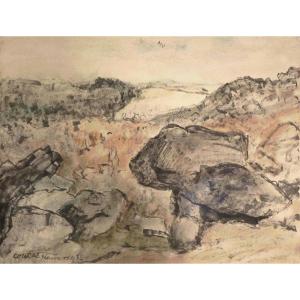






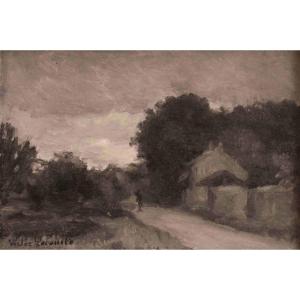

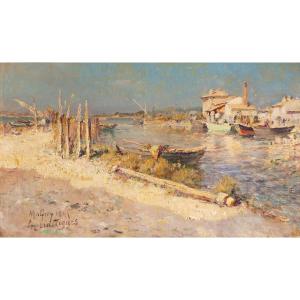




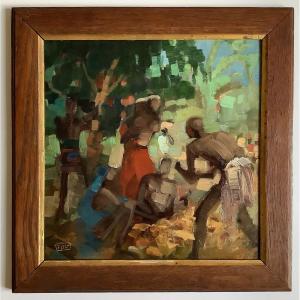








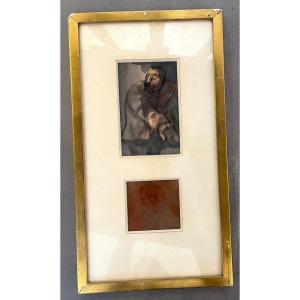
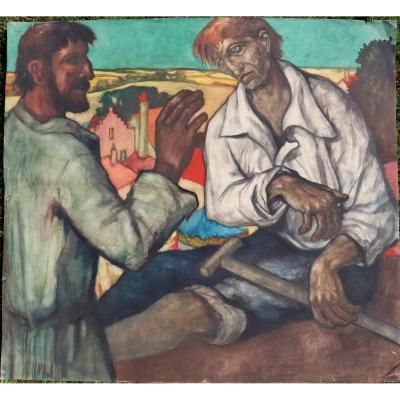





 Le Magazine de PROANTIC
Le Magazine de PROANTIC TRÉSORS Magazine
TRÉSORS Magazine Rivista Artiquariato
Rivista Artiquariato